Milling Cutters in Hardware: Types, Uses, and Applications
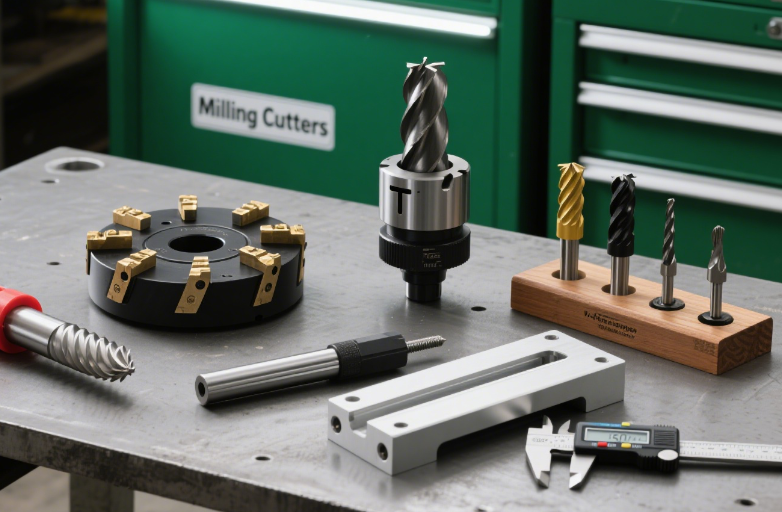
Milling cutters are the workhorses of machining, designed to shape, carve, and finish materials with precision. Whether you’re crafting a metal bracket, a wooden prototype, or a plastic component, the right milling cutter can transform raw material into a functional part. This blog dives into the most common types of milling cutters, how to use them, and where they excel in real-world scenarios.
1. End Mills: The All-Rounder of Milling
End mills are the most versatile milling cutters, with cutting edges on both the end face and sides. This design allows them to perform a range of operations, from slotting to 3D contouring.
Key Variations:
- 2-Flute End Mills: Ideal for non-ferrous materials (aluminum, plastic) due to their large chip clearance, preventing clogging.
- 4-Flute End Mills: Better for ferrous metals (steel, cast iron) as the extra flutes distribute cutting force evenly, reducing vibration.
- Ball Nose End Mills: Feature a rounded tip, perfect for creating curved surfaces or 3D contours (e.g., mold cavities).
- Square End Mills: Have a flat tip, used for straight slots, edges, or flat surface finishing.
Usage: Mount the end mill in a milling machine spindle, ensuring it’s securely clamped with a collet. Set the spindle speed based on the material (faster for aluminum, slower for steel). Feed the workpiece into the rotating cutter (or vice versa) to remove material, adjusting the depth of cut for desired results.
Applications: Machining slots in engine blocks, creating intricate patterns in mold making, or finishing flat surfaces on metal plates.
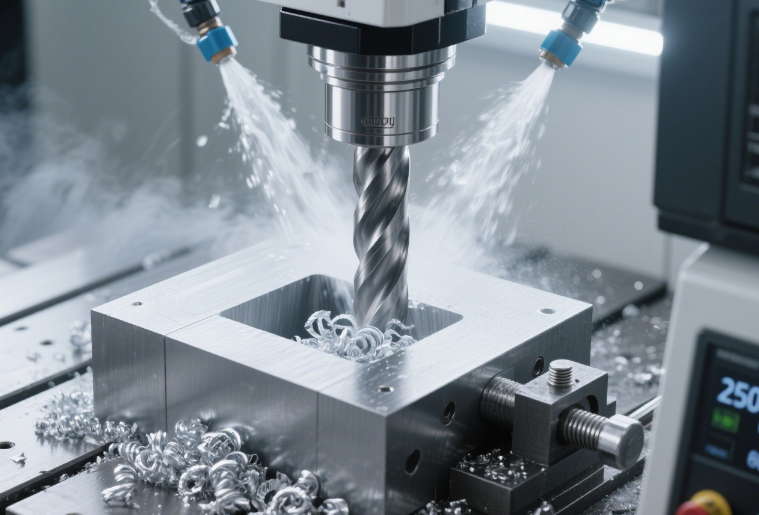
2. Face Mills: For Large-Scale Flat Surfaces
Face mills are designed to tackle broad, flat surfaces efficiently. They feature multiple cutting inserts (usually carbide) mounted on a large-diameter disc, covering more area in fewer passes.
Key Features:
- Insert Geometry: Inserts with positive rake angles reduce cutting force, ideal for soft materials like aluminum; negative rake angles offer durability for hard metals.
- Diameter Range: From small (50mm) for precision work to large (300mm+) for industrial-scale machining.
Usage: Mount the face mill vertically in the spindle. Position it above the workpiece, then lower it to make light, fast passes across the surface. The rotating inserts shear off material, leaving a smooth finish. Adjust feed rate to avoid overheating—faster feeds work for soft materials, slower for hard ones.
Applications: Finishing the top surface of steel plates for construction, preparing workpieces for assembly, or smoothing cast iron engine components.
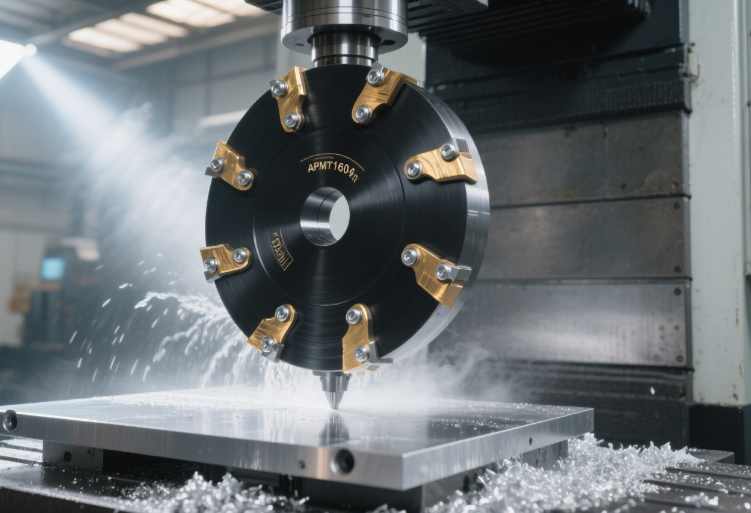
3. Side Mills: Specialists in Grooves and Slots
Side mills have cutting edges primarily on their circumference and side faces, making them perfect for cutting slots, grooves, or recesses into a workpiece.
Common Types:
- Plain Side Mills: Single or double-sided, used for simple slots in metal or wood.
- T-Slot Mills: T-shaped cutting edges, designed to create T-slots (for clamping workpieces in milling machines).
- Woodruff Keyseat Mills: Small, cylindrical cutters with a concave face, used to cut keyways (slots for connecting shafts and gears).
Usage: Mount the side mill horizontally in the spindle. Align the cutter with the workpiece, then feed it into the material to carve the slot. For deep slots, make multiple shallow passes to prevent tool damage.
Applications: Cutting keyways in shafts, creating T-slots in workbenches, or machining grooves for O-rings in hydraulic components.
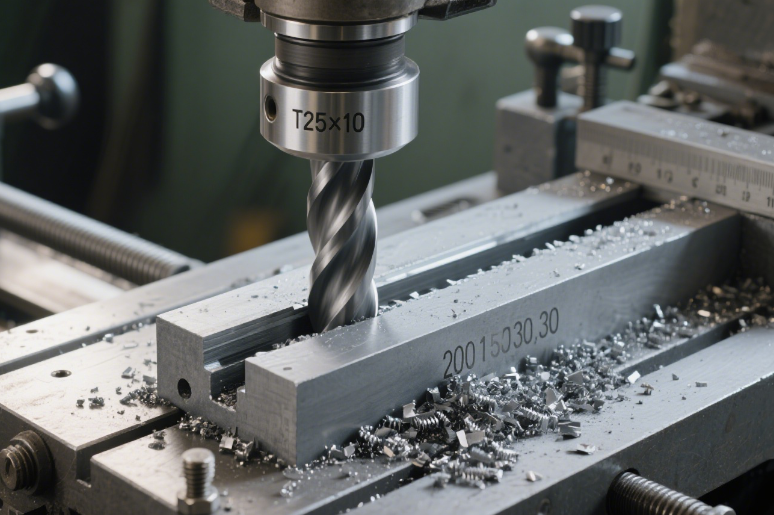
4. Router Bits: Milling for Wood and Plastics
While technically a type of milling cutter, router bits are specialized for wood, plastic, and soft metals. They’re used with routers (handheld or table-mounted) to shape edges, carve patterns, or hollow out surfaces.
Popular Router Bits:
- Straight Bits: For cutting straight grooves or trimming edges.
- Flush-Trim Bits: Trim excess material to match a template (e.g., copying a curved wooden profile).
- V-Groove Bits: Create angled grooves for decorative edges or joinery.
- Cove Bits: Carve concave curves, ideal for decorative moldings.
Usage: Secure the workpiece (wood or plastic) to a workbench. Mount the router bit in the router, set the depth of cut, and guide the tool along the workpiece. Move steadily to avoid burning the material—use a slower pace for hardwoods.
Applications: Crafting wooden furniture edges, cutting plastic signage, or creating decorative patterns in cabinetry.
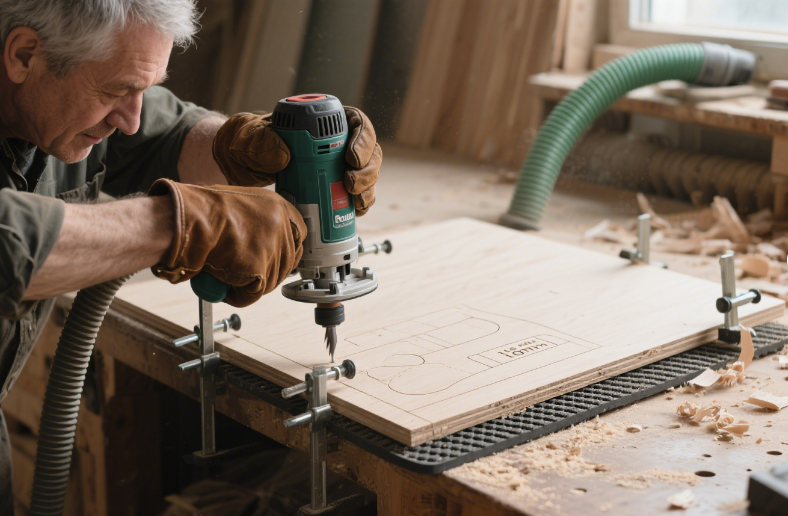
5. Fly Cutters: Precision Finishing Tools
Fly cutters are simple, single-point cutting tools, consisting of a bar with one or two carbide inserts. They excel at creating ultra-smooth surfaces with minimal vibration.
Usage: Mount the fly cutter in the spindle and rotate it at high speed. Lower the cutter to make a single, slow pass over the workpiece. The single cutting edge reduces chatter, resulting in a mirror-like finish.
Applications: Finishing precision metal parts (e.g., optical instrument components), smoothing plastic molds, or preparing surfaces for painting.
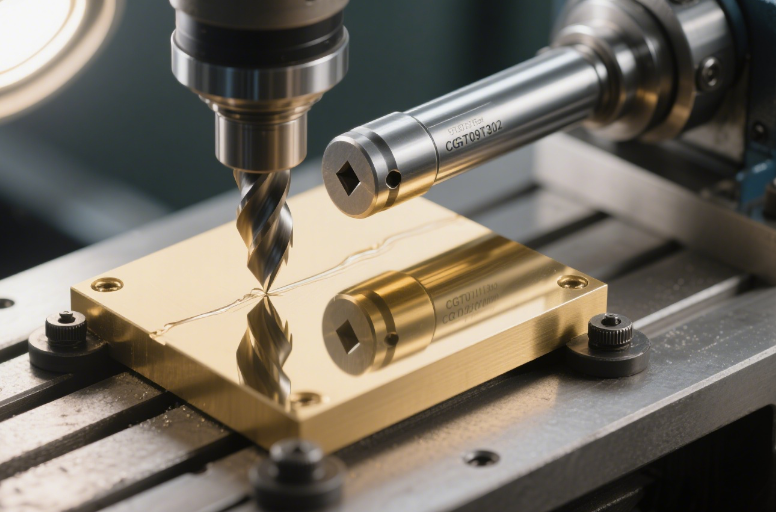
Choosing the Right Milling Cutter
- For versatile tasks (slots, contours, flat surfaces): End mills (2-flute for soft materials, 4-flute for hard).
- For large flat surfaces: Face mills with multiple inserts.
- For grooves or keyways: Side mills (T-slot or Woodruff for specific shapes).
- For wood/plastic: Router bits.
- For ultra-smooth finishes: Fly cutters.
By matching the cutter to the material and task, you’ll achieve efficient, accurate results—whether you’re machining metal in a factory or crafting wood in a home workshop.





